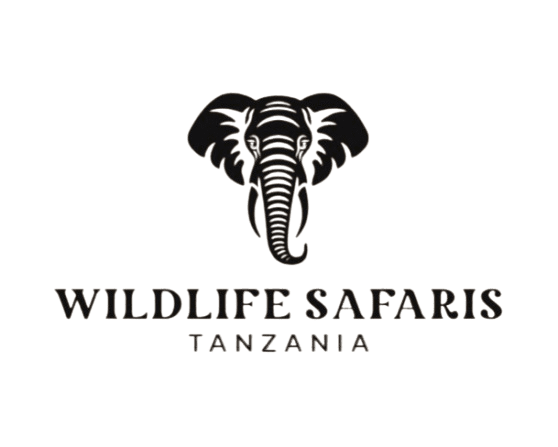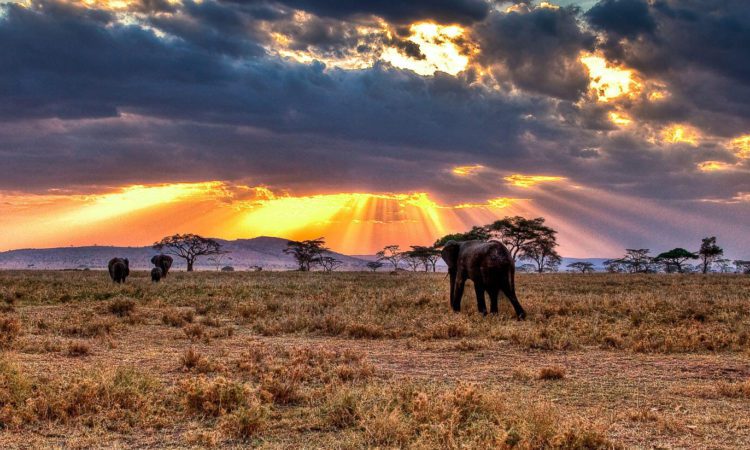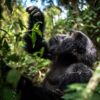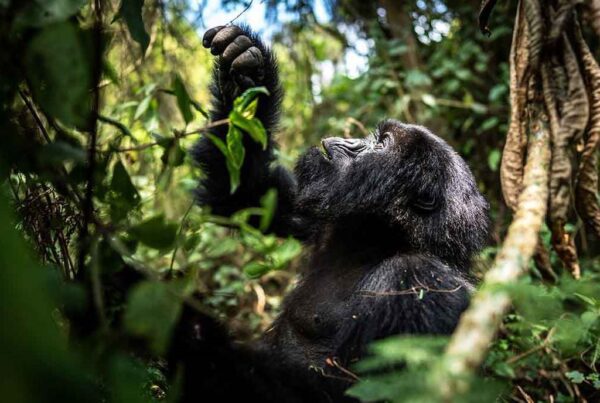6 Reasons the Serengeti Should be on your Travel Bucket List
There are places you hear about your whole life, and there’s the Serengeti, a name so famous in the world. Think of the image of golden plains, endless horizons, and wildlife in full motion. Whether the hooves of the wildebeest migration matter or that quiet moment of spotting a lion on the hunt, this world-famous park will leave a mark on your soul. If you are wondering why, you should visit the Serengeti. Here are ten reasons for that.
1. The Great Migration.
No doubt this wonderful event is one of the top events not only in Africa but also in the world. Every year, over 2 million wildebeest and zebra in massive herds trek over 800 km of distance in their quest for greener grazing grounds. With the main drive being rainfall patterns, you may wonder how these animals can travel for so long following the same old-age routes.
This event alone draws hundreds of thousands of tourists from around the world. Though some events are different and deserve a special treat, this migration is a seasonal adventure. Which means no matter when you visit the Serengeti, this spectacle will be waiting for you. However, the calving season in Southern Serengeti (December to March) and river crossings (June through October) can cure your thirst, especially if it’s your first time.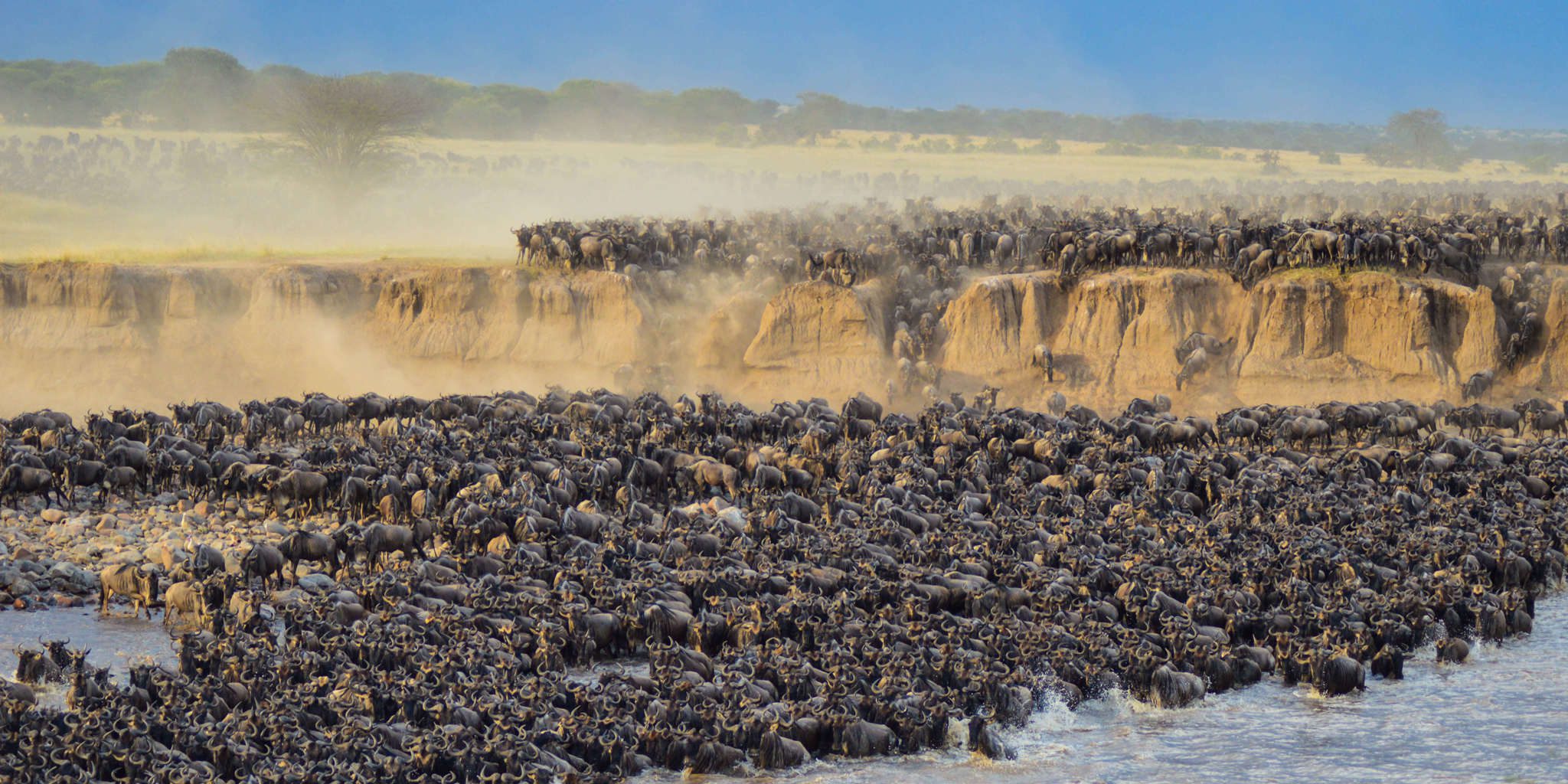
2. The Big Five.
Most land-based safaris in Africa focus on ticking all the Big Five. And Serengeti is the continent’s top destination for a Big Five safari. What are the Big Five? These are five animals – lion, leopard, elephant, buffalo, and rhino – named for the danger they pose when injured or cornered by the old-school hunters.
The park is home to large herds of buffalo living in the vast, grass-rich plains. Large elephant herds also eat the finest leaves of acacia and sausage trees in the Lobo Valley and along the Seronera River. There’s an incredible concentration of lions, commanding the savannahs. These territorial predators are always on the bucket list of many travelers. Leopards are abundant, always living in acacia or sausage trees and on the granite rock outcrops in Southern Serengeti.
3. Endless golden plains.
Serengeti is a true definition of the African savannah due to its expansive plains. The largest part of this old ecosystem is covered by wide, stretched plains. This is common in the central Serengeti and in the park’s southeastern plains. This kind of habitats hosts a large population of grazers – wildebeest, zebras, gazelles, and buffalo.
With abundant grazers come predators, adapted to survive in plains. Yes, they rely on stealth hunting instead of ambush (preferred by tigers in Asia): they stalk their prey for a while, then launch a sudden attack. If the attack is not successful, they chase the prey with the fastest speed possible. Even though some of them have the world’s fastest speed, they sometimes fail, especially when the prey enters a closed woodland or a thick forest.
4. Year-round destination.
In some destinations, game viewing is prime during the dry season, from June to October. But in the Serengeti, you can see wildlife throughout the year. We can’t deny that: sensational wildlife moments happen in the long dry season, like the Mara River crossings. You can spot animals anytime of year, even during the wettest months – November, April, and May.
As we mentioned earlier, January through March welcomes half a million calves in the nutrient-rich grass of Southern Serengeti in the so-called ‘calving season.’ This event is enough to earn all the credits for the starter of the Great Migration. There’s a large concentration of animals in other regions of the Serengeti, like the remote south, west, and north.
5. Plenty of lodges and camps.
Another reason Serengeti is visitors’ top spot is the availability of safari camps and lodges. The central region (Seronera) has loads of camps and lodges. Some are small and authentic, and others are large. Here, you can choose any of them based on your experience and budget. Other parts, like the north, west, and south, have fewer camps and lodges. But in season, mobile camps move following the migration, hence adding lodging options in these regions.
6. High concentration of predators.
There’s no such place with as many predators as the Serengeti. The park has a significant count of lions, cheetahs, and leopards, especially in the Seronera, which is also dubbed the Big Cat Capital of the world. Here, you will see large prides of lions resting on kopjes in the south-central regions. And solitary leopards napping on acacia or sausage trees. Seronera may be crowded, though. If this is the case, then drive to the Namiri Plains, east of the Seronera, to encounter lions, leopards, and cheetahs.
The bottom line
Serengeti is a world-famous destination recognized worldwide as a World Heritage Site. The park’s flagship event – the Great Migration – is one of the Seven Wonders of Africa. So, you have every reason to pay a visit to this classic wildlife destination. We are here to guide you through this wonderful safari destination.
